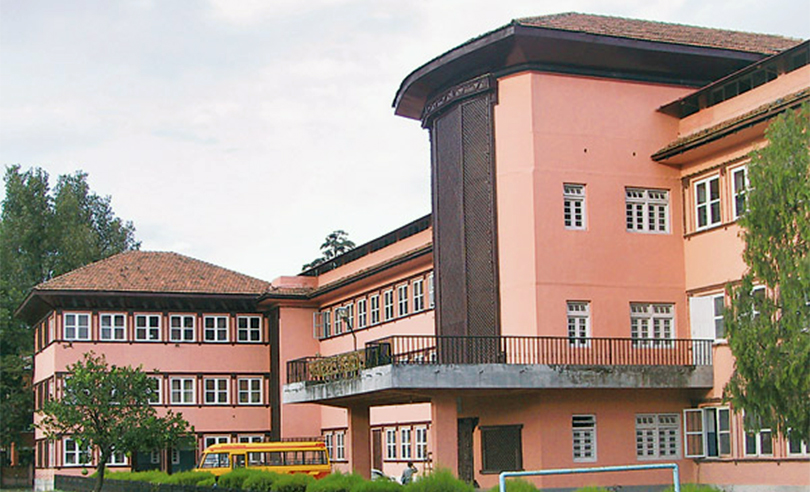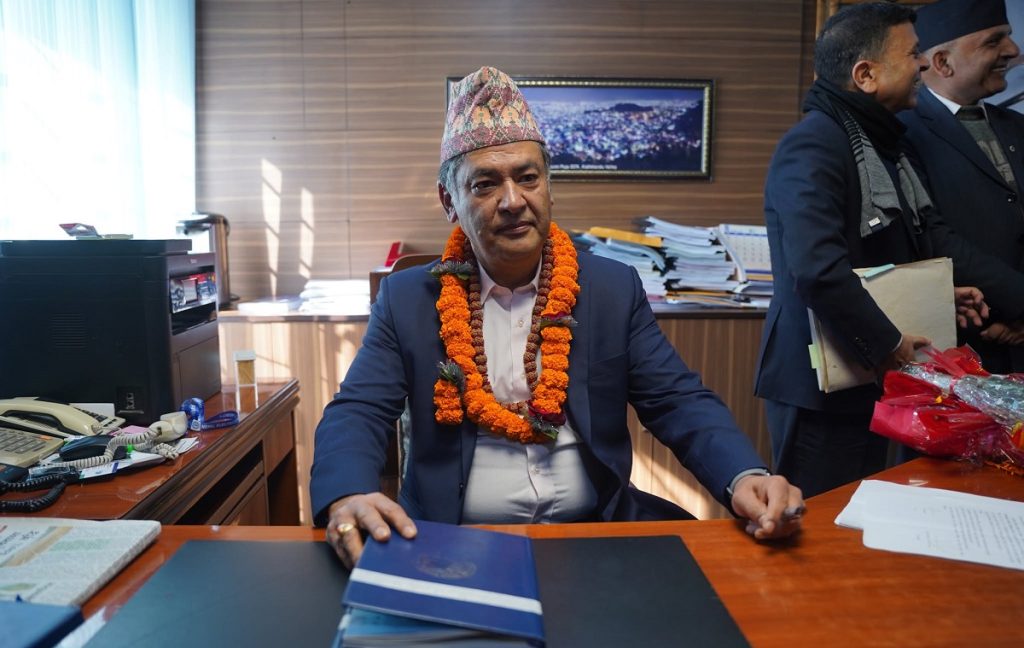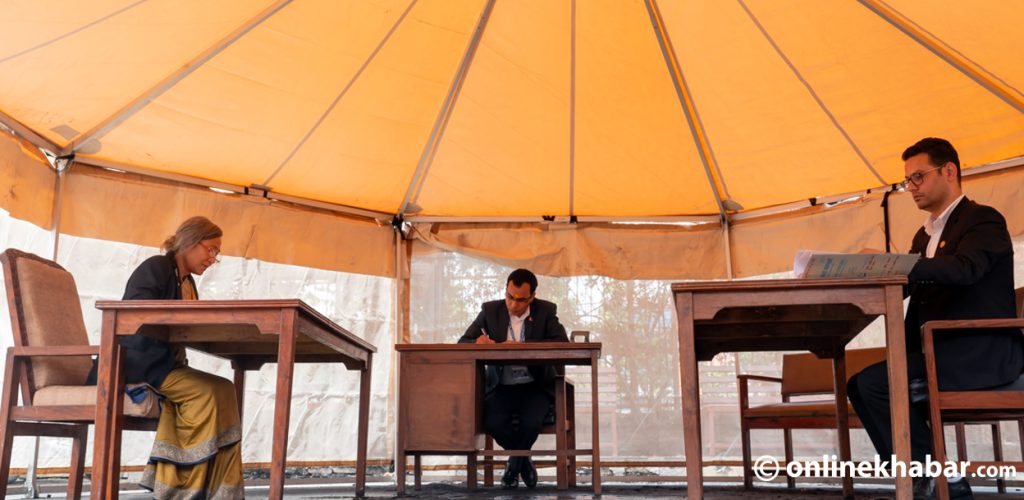Kathmandu, January 20
Nearly a month after the government’s decision to dissolve the House of Representatives, the Supreme Court on Sunday this week has begun the debate if it was constitutional.
Although the hearing had begun one week after the decision, in the first few weeks, the advocates only discussed if the court should form an extended full bench to hear the case. Last Friday, the constitutional bench led by Chief Justice Cholendra Shamsher Rana issued a verdict that the full bench would not be formed and the same constitutional bench would hear the case.
Then, the actual debate began this Sunday, but its pace is rather slow. In three days of the continuous hearing, only nine advocates arguing against the dissolution have spoken. In total, there are nearly 200 advocates lining up to speak on behalf of the 13 writ petitioners and defendants including the president and the prime minister.
The court hears the case for around four hours every day including around one hour of lunch break.
Therefore, it is unlikely that the court will complete the hearing and issue its final verdict before March.
As soon as the hearing had begun, some lawyers had suggested that the court fix a time limitation for each of the advocates considering the need for a timely verdict and the high number of the advocates involved in the debate. However, CJ Rana had ignored the suggestion, saying, “How can you fix a limitation on such a significant issue? You should think of it on your own.”
Nonetheless, another member of the bench, Justice Anil Kumar Sinha, has already warned against the lengthy statements from the advocates, saying there should not be a situation when the court could not make an appropriate decision at the end citing people and parties would already be preparing for the polls.
























